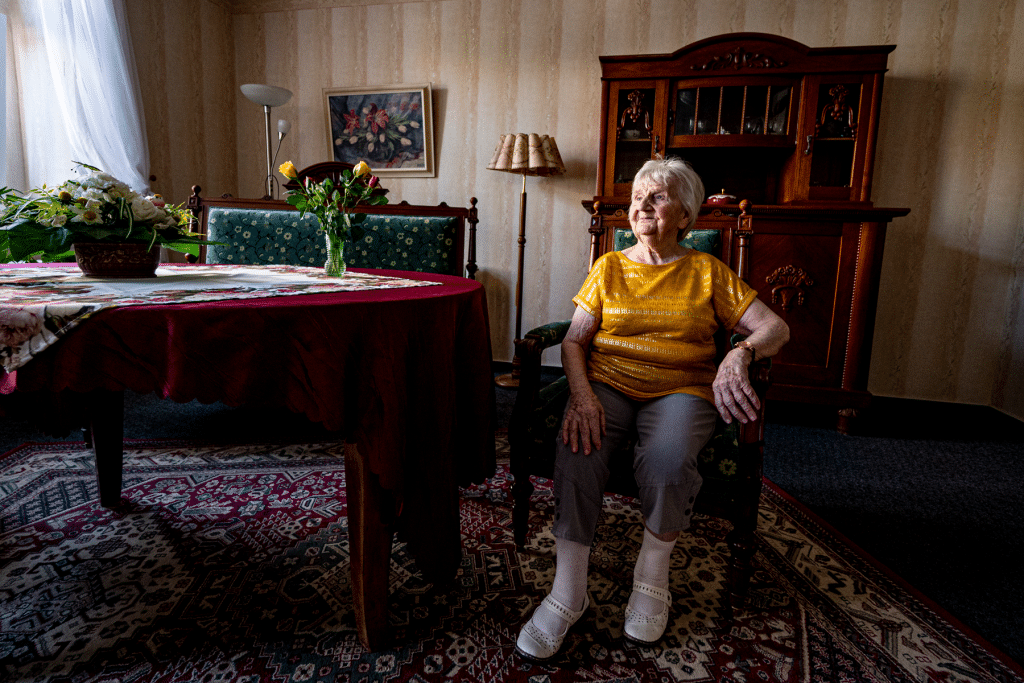Aging gracefully often involves addressing a unique set of challenges, particularly when securing and financing elder care in the United States. Families must navigate options such as home care, assisted living, and nursing homes while managing financial resources.
Understanding the financial strategies available, from personal savings to government aid, is crucial to ensure seniors receive the care they need without causing financial strain. This guide explores various funding options and the obstacles families may face along the way.
The importance of financial planning for elder care

As the aging population continues to grow, elder care becomes an increasingly pressing issue. Proactive financial planning and awareness of available resources are essential for ensuring seniors receive the care they deserve. The landscape of elder care financing includes both private and public options, making it vital for caregivers and families to explore all avenues to secure the best care for their loved ones. Staying informed can significantly improve both the quality of care and financial security.
Exploring funding options for elder care
Securing funding for elder care requires exploring public and private resources. Long-term care insurance is one option that can help offset the costs of elder care, though it is most beneficial when purchased early. It’s important to carefully evaluate the terms, coverage limits, and waiting periods of these policies.
Social Security benefits, though not designed for long-term care, can supplement seniors’ income. Medicaid is another essential resource for those who meet specific eligibility requirements, though coverage varies across states. Understanding Medicaid’s differences in each state is critical for effective planning.
Veterans may also access additional resources, including Aid and Attendance benefits from the Department of Veterans Affairs, which can help cover various elder care services. However, eligibility and the application process require attention to ensure timely access to these funds.
Private resources and savings
Many elder care plans rely on private financial resources. Personal savings, including retirement accounts like 401(k)s and IRAs, often serve as the main source of funding. Strategic planning is necessary to balance immediate care needs with long-term financial security. Consulting a financial advisor can help seniors make informed decisions on how to allocate their funds.
Reverse mortgages are another option, allowing seniors to convert home equity into tax-free income without selling the property. However, reverse mortgages come with fees and must be repaid, which requires careful consideration.
Life insurance policies with long-term care riders also provide another potential solution. These riders allow seniors to use a portion of their death benefit for elder care expenses, but not all policies offer this feature. Thoroughly understanding the policy’s terms and costs is essential.
Community support and family involvement
Family involvement is critical in elder care, as relatives often provide unpaid caregiving and financial assistance. Open communication is key to ensuring that family members are aligned on care decisions and financial contributions. A shared responsibility plan can help manage the emotional and practical challenges of caregiving.
Community organizations, such as non-profits, religious institutions, and senior centers, can provide support services, including subsidized care, meal programs, and respite care for caregivers. Exploring local community resources can help alleviate the financial burden of elder care.
Adult day care services and shared housing arrangements also offer cost-effective alternatives to traditional elder care facilities. These options promote social interaction while also being more affordable for families. Considering all resources, including family and community support, is crucial to building a comprehensive elder care strategy.
Overcoming challenges in elder care financing
Despite available options, elder care financing presents many challenges. Medicaid eligibility and benefits vary widely between states, requiring thorough research to understand specific state regulations. Additionally, the rising costs of elder care services further complicate financial planning, as these expenses often increase faster than inflation.
Underestimating the need for long-term care can result in inadequate planning and funding. Addressing this through education and early planning can prevent future financial difficulties. Families must be proactive in researching and adjusting their strategies as circumstances change.
The role of financial advisors
Financial advisors can provide valuable guidance in navigating the complexities of elder care financing. They can help individuals manage resources, ensuring funds are allocated effectively and avoid costly mistakes.
Advisors also assist in understanding long-term care insurance and other financial products, ensuring they align with the individual’s needs and financial situation. By working with a financial advisor, families and seniors can create personalized plans that address both current and future care needs, making the transition into elder care smoother and more financially secure.
Adapting to changing needs
Flexibility is essential in elder care financing as care needs evolve over time. Regularly reassessing financial resources ensures that care remains sustainable and accessible. Staying informed about new programs and legislative changes can help families maintain a robust care strategy.
As living arrangements change, such as transitioning from home care to assisted living, financial plans must be adjusted accordingly. Preparing for these transitions and maintaining flexibility can reduce the stress that comes with significant life changes.

